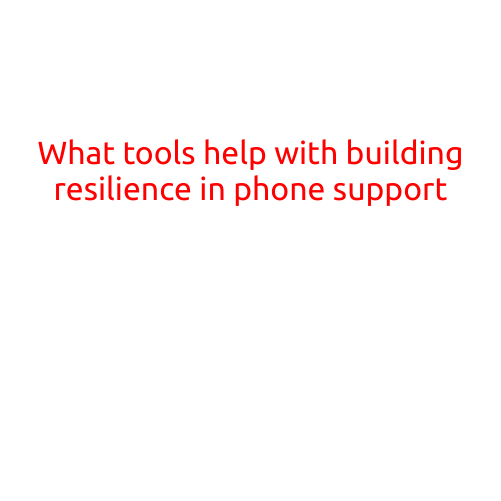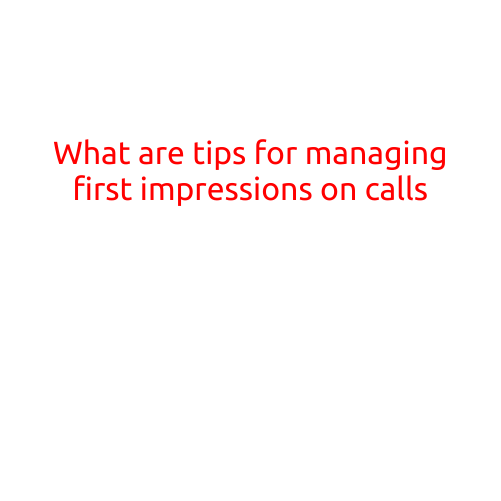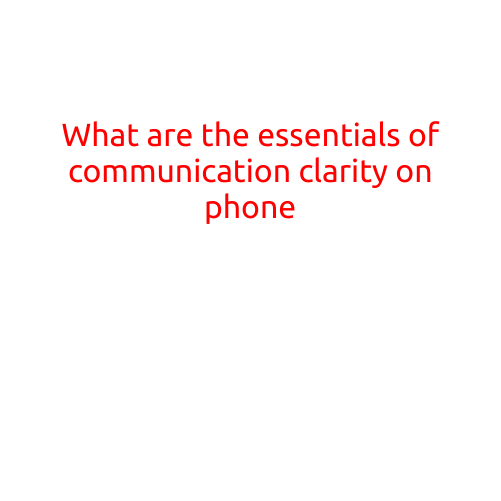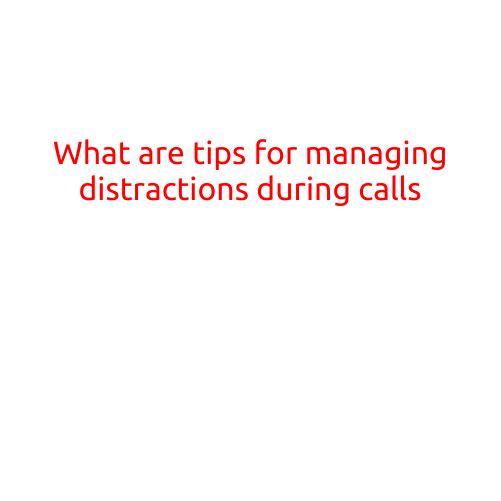
How to Adapt to Creating Positive Impressions Over the Phone
In today’s digital age, phone calls have become an essential tool for both personal and professional communication. While face-to-face interactions can be easier to navigate, making a positive impression over the phone requires some deliberate effort. In this article, we’ll explore the strategies and tips to help you adapt to creating positive impressions over the phone.
Set the Tone
The moment you pick up the phone, you set the tone for the conversation. Be sure to:
- Answer calls promptly, ideally within the first ring.
- Smile, even though the recipient can’t see you.
- Use a friendly and professional tone, avoiding a monotone or annoyed voice.
Use Verbal Cues
Verbal cues can help convey your enthusiasm and interest in the conversation. Make sure to:
- Use inflections and emphasis to add emotion to your words.
- Pause briefly to allow the other person to respond or process what you’ve said.
- Avoid filler words like “um” or “uh” that can come across as uncertain or unconfident.
Maintain Eye Contact
While you can’t see the person’s face directly, maintaining eye contact is still crucial. Focus on:
- Imagining the person’s face and maintaining a connection.
- Using your peripheral vision to stay aware of your surroundings (e.g., not having a messy workspace or distractions in the background).
Show Genuine Interest
Show that you’re engaged and interested in the conversation by:
- Asking open-ended questions that encourage the other person to share more.
- Listening actively and taking mental notes, if necessary.
- Avoiding interrupting or dismissing their thoughts and opinions.
Body Language Matters
Believe it or not, your body language still plays a role in phone calls. Make sure to:
- Sit comfortably and maintain good posture.
- Keep your hands free and avoid fidgeting.
- Take notes, if necessary, to help you stay focused and engaged.
Follow Up
After the call, be sure to:
- Send a follow-up email or LinkedIn message to reiterate your interest and build on the conversation.
- Review your notes to ensure you didn’t miss any key points or action items.
- File your notes in a system that makes it easy to access later, such as a CRM or task management tool.
Practice Makes Perfect
Adapting to creating positive impressions over the phone takes practice, so be patient and persistent. Try the following exercises to improve your phone skills:
- Record yourself making phone calls and listen to the recordings to identify areas for improvement.
- Role-play different scenarios with a friend or family member to build your confidence.
- Practice mindfulness and deep breathing exercises to help manage nerves and stay focused.
Conclusion
Creating positive impressions over the phone is within your reach. By incorporating these strategies and tips into your daily phone calls, you’ll increase your chances of making a lasting and professional impression. Remember to set the tone, use verbal cues, maintain eye contact, show genuine interest, and follow up after the call. With practice and persistence, you’ll become a pro at making a positive impression over the phone.





